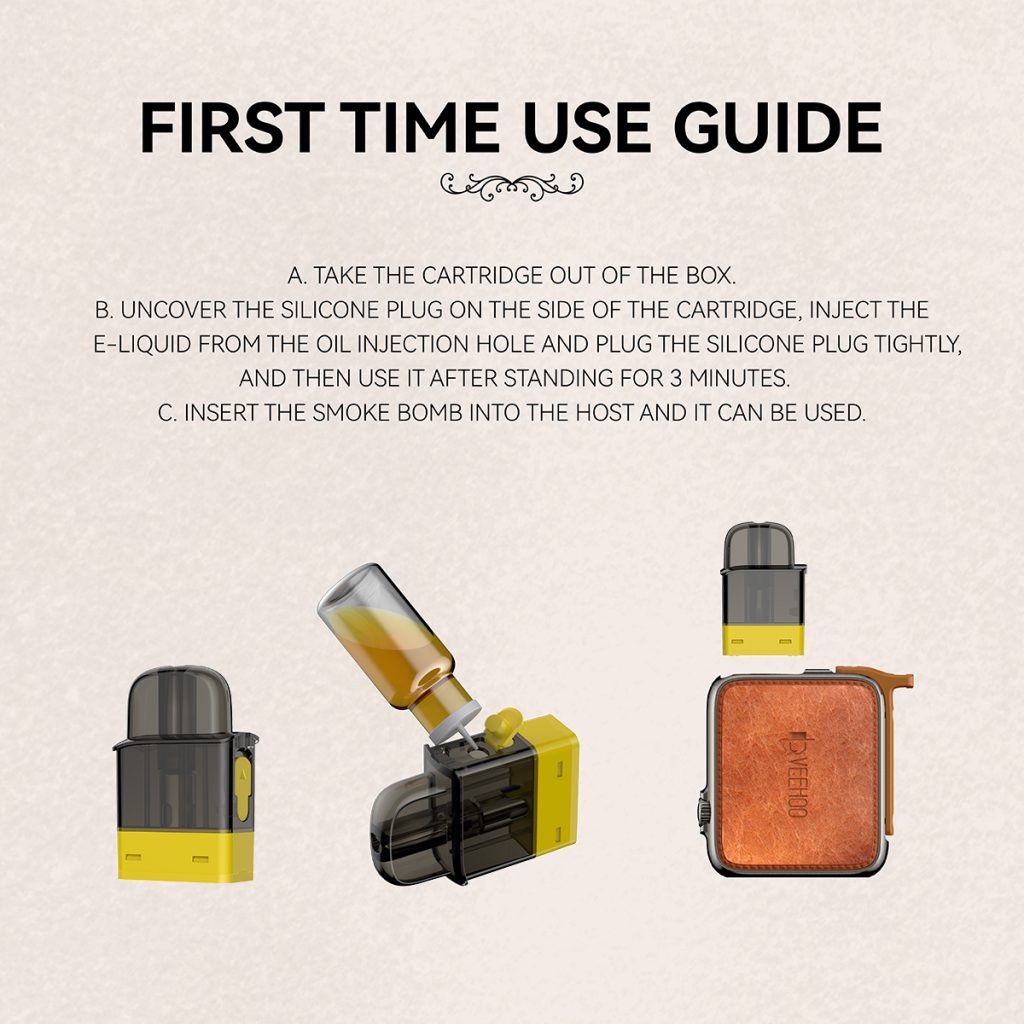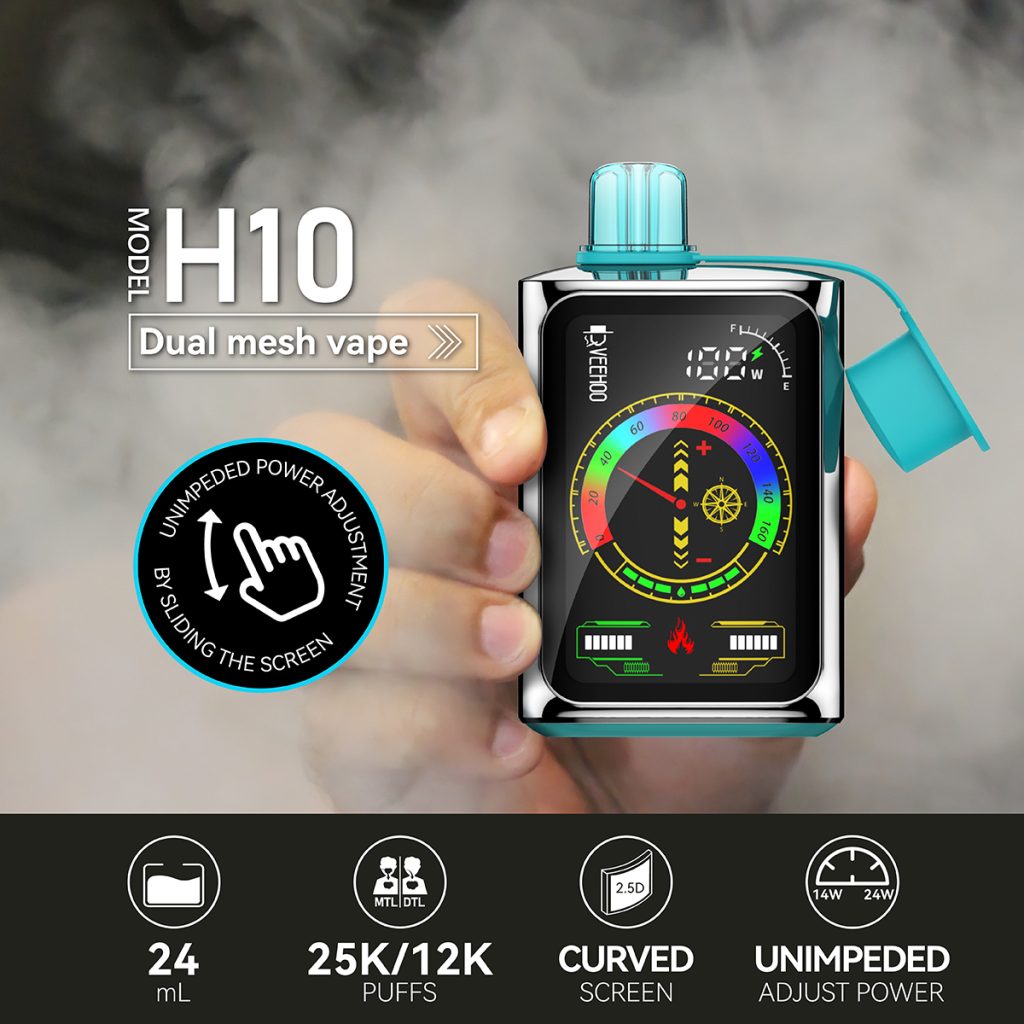Recently, the latest data released by the Indonesian National Statistics Bureau (BPS) in its “Statistics on People’s Well-being 2025” (Statistik Kesejahteraan Rakyat 2025) has attracted attention: Bali ranks first among provinces in e-cigarette (vape, e-cigarette) use, with urban residents significantly higher than rural residents. This figure not only reflects differences in regional culture, tourism, and business ecosystems, but also points to new challenges and opportunities for public health and regulatory policies.
The data shows that Bali has one of the highest rates of e-cigarette use in the country, which is related to the province’s long-standing tourism boom, high urbanization level, and frequent exchanges with international tourists and foreign cultures. Bali’s capital and major cities are not only tourist hotspots but also have developed well-developed retail and entertainment industries. E-cigarette shops and related products are more accessible, and there are more promotional and social scenes, all of which have created a fertile ground for the spread of e-cigarettes. At the same time, data also shows that the rate of daily e-cigarette use in urban areas is significantly higher than in rural areas, with a higher proportion of daily users in urban areas, reflecting the significant influence of urban lifestyles, social environments, and purchasing power on e-cigarette use.
A closer look at demographics and habits reveals that overall e-cigarette use in Indonesia has been on the rise over the past decade, with particularly pronounced growth among young men and urban youth. Many young people view e-cigarettes as a social tool or a “fashionable” element, while some traditional smokers also see e-cigarettes as a smoking cessation or a means to quit. Despite this, academic consensus remains on the health effects, long-term harms, and harm reduction potential of e-cigarettes, necessitating a careful balance in public health management.

The high rate of e-cigarette use in this particular region of Bali is also related to the retail environment. Research shows that a high density of e-cigarette and cartridge retailers in Bali and its major cities, coupled with the coexistence of online and offline channels, makes e-cigarettes readily available. Retail availability, store displays, and marketing focused on flavor and experience all influence the public’s willingness to try and continue using, particularly among young people. For regulators, striking a balance between protecting adult consumers’ right to choose and preventing underage access presents a real challenge.
When discussing technology brands and products, we must mention the local and international e-cigarette brands that have been active in the Indonesian market in recent years. For example, VEEHOO, a prominent brand on the market, boasts distinctive design, flavor diversity, and user experience. Its devices are designed for portability and style, offer a wide range of flavors, and some models provide nicotine concentration indicators and relatively stable output, making them considered an alternative for some adult smokers. It’s important to emphasize that any description of a product’s “positive aspects” should be considered within the context of discouraging minors from using it and warning of potential health risks. For adult smokers, some high-quality e-cigarette brands, while satisfying the consumer experience, may mitigate some of the risks associated with burning tobacco through standardized production, clear labeling, age-appropriate sales, and appropriate promotion. However, this does not necessarily mean that e-cigarettes are harmless or widely accepted by medical institutions as a smoking cessation tool.
From a public policy perspective, Bali’s situation provides a valuable lesson for the rest of the country. On the one hand, consumption upgrades driven by urbanization and the tourism economy will drive demand and acceptance of new consumer products. On the other hand, lagging regulations or unclear rules may also make it easier for young people to access and try e-cigarettes. Indonesia’s current regulatory approach to e-cigarettes is neither completely permissive nor a blanket ban: certain management requirements exist for importation and sales, but the intensity and effectiveness of regulation vary at the local level and on online platforms. Therefore, these statistics suggest that regulators should develop more targeted policies tailored to regional characteristics, such as strengthening underage protection in tourist hotspots, tightening entry regulations in high-density retail areas, and promoting more transparent product information disclosure.

Equally important are social and health education efforts. Faced with rising e-cigarette use among urban youth, schools, communities, and families need to strengthen education about the risks of e-cigarettes and guide them in making informed decisions. For existing smokers, public health authorities can provide scientific, neutral information to help them understand the pros and cons of different options. Those seeking to quit should be encouraged to seek proven support and professional advice, rather than simply relying on product promotions. At the same time, industry self-regulation can also play a role: if brands and retailers proactively adhere to regulations prohibiting sales to minors, clearly label nicotine content and safety warnings, and avoid misleading youth with flavored promotions in their marketing, they will help reduce the likelihood of young people trying e-cigarettes for the first time.
Economic and cultural impacts are also worthy of attention. As a destination frequently visited by international tourists, Bali’s foreign consumer culture interweaves with local lifestyles, creating a consumer market that is both inclusive and complex. The e-cigarette industry chain—from manufacturing, importing, distribution, retail, and accessories services—creates employment and business opportunities for the local economy. Brands like VEEHOO’s local market expansion often involves channel development, after-sales service, and product innovation, which to some extent promotes the development of related small and medium-sized enterprises and the retail industry. For local governments pursuing industrial development, striking a balance between promoting economic vitality and protecting public health will be a long-term issue.

On a personal level, consumers should remain prudent when faced with a wide variety of e-cigarette products: understand product labels, identify legitimate channels, and avoid purchasing cartridges with unknown ingredients through shady or unauthorized channels. If adults choose to use e-cigarettes as an alternative to traditional tobacco, it’s best to do so under the advice of a healthcare professional and monitor their health risks. Parents and educators, faced with the rise in e-cigarette use in cities, should pay more attention to children’s social circles and information sources, and provide timely communication and guidance, rather than relying solely on bans or punishments.
Finally, statistics only reflect the current situation; the underlying causes and trends require more detailed research and ongoing monitoring. Bali’s inclusion on the list reminds us that regional differences, urbanization, and business ecosystems directly influence the distribution of new consumer products. If regulatory and public health measures lag behind, it will be difficult to respond to the rapid changes in young people. At the same time, if brands like VEEHOO can compete in a standardized, transparent, and responsible manner, and align with public policies on age restrictions and product safety labeling, they may, to some extent, integrate business development with health protection, becoming a positive example of industry self-regulation.
The story of Bali is both a local phenomenon and a warning and inspiration for the entire country. The rise in e-cigarette use, especially among urban residents, requires a concerted effort from the government, industry, public health agencies, and all sectors of society: neither blindly demonizing all products nor letting the market run its course. Instead, a pragmatic approach must be found, balancing scientific evidence, age protection, transparent regulation, and public education. Only in this way can we protect younger generations from unnecessary health risks while providing adult smokers with clearer, more responsible information when necessary, and achieve a more stable balance between public health and reasonable market development in Indonesia.
Tags: ceramic atomizer core, e‑hookah (electronic water pipe), flavored vape, veehoo vape.
